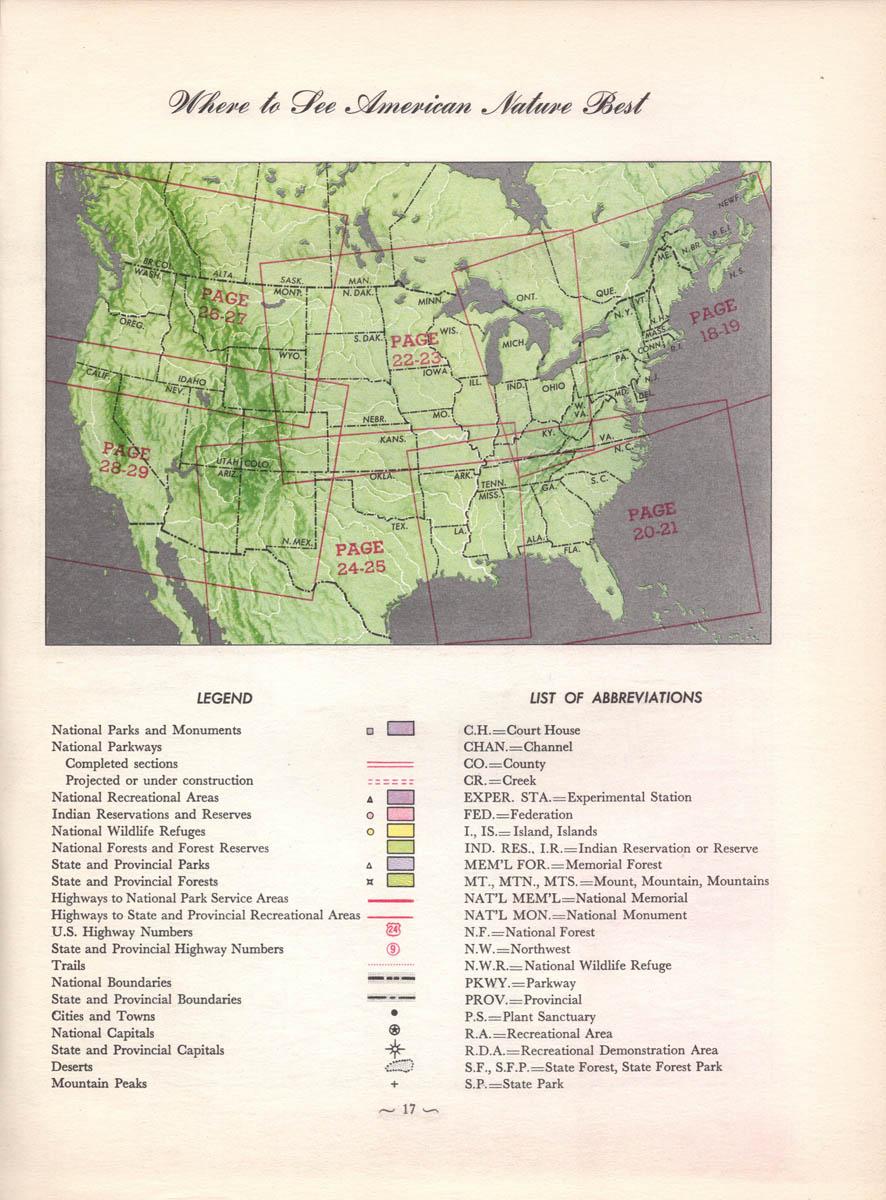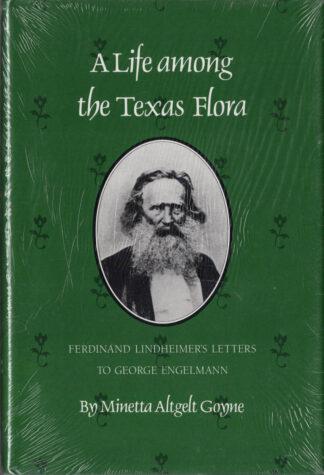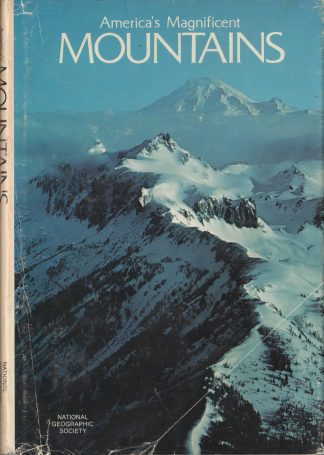Description
From the Foreword
This atlas has been written and compiled for nature lovers who are not scientists. It is a general, first introduction to our natural environment and restricts itself to those aspects of nature with which we come into contact in our daily lives: the rocks, trees and wildflowers; the birds and animals; the amphibians, reptiles, fishes and insects. All technical data are held to a minimum. Any readers who are stimulated by the maps, paintings and text to probe more deeply into any of the fields covered, will find good guidebooks and scientific works available which supplement and extend this Nature Atlas on every desired level and for every type of study. By virtue of its topic, this Atlas touches also upon an issue which is close to the heart of America: the problem of conservation. Our great nature heritage was so abundant that little or no thought was given to preservation for future generations — possibility of scarcity or extinction was inconceivable. This resulted in the “great slaughter” of the 19th Century. Not even the oldest lumberjacks in Maine can recall the giant, virgin white pines. When young Lincoln split his fence rails, much of his timber, we can assume, was black walnut, — so abundant was this valuable tree; trailing arbutus covered thousands of sunny slopes a hundred years ago, and red cardinal flowers fringed the brooks; blue passenger pigeons darkened the sky and trumpeter swans sailed over mountains and forests in their V formations; pronghorn antelopes grazed among the buffaloes by the tens of thousands; clumsy sea cows floated in flocks of 12 or 15 in Biscayne Bay; schools of sturgeon abounded in the lower Delaware. Although the word conservation is seldom used herein, the facts that made America conservation-conscious crop up in every section. The Atlas also presents the counter-action. In maps, tables and text it shows the national parks, national monuments and state parks which keep alive the giant sequoias and the redwoods, the bald cypresses and white cedars. It outlines the huge wooded territories we have assembled over the years and organized as National Forests, not to “preserve” our nature assets but to manage them scientifically. It describes the hundreds of wildlife refuges in the U.S. and Canada which, in spite of the draining of swamps and the clearing of woods, have kept the Atlantic, central and Pacific fly-ways open for our migratory birds; which maintain herds of elk and pronghorn and other big game; and which, in northern Canada, have restored the buffalo to a semi-wild status. In this continental conservation program, the practical aspect — the continuous use of our natural resources — is only of secondary importance. Its other values are infinitely greater: Our nature heritage is primarily there to be enjoyed, understood, and loved; for it is a unifying, all-embracing bond, an heirloom of strength and beauty, a common possession in which American life is growing its deepest roots.
Publishing Info
Hammond’s Nature Atlas of America by E. L. Jordan, with the assistance of a group of specialists in the various branches of the Nature Sciences. There are 320 original paintings, 282 by Walter Ferguson and 38 by John Cody. From C. S. Hammond and Company with 1952 copyright. This hardcover book measures about 12-1/2″ x 9-1/2″ and has 256 pages, ending with the Index.
Condition
See the photos above. Cover corners have bumps and/or wear. The binding is strong and square. The pages are toning naturally from age but other otherwise in near new condition. Faint number at top of front free endpaper, but no names or other markings found. From clean, smoke-free home.
Shipping
Generally sent the same day payment arrives. Unless you request otherwise, I will wrap the book in plastic wrap to help protect it from the elements, create a custom-made cardboard box to ship it in, and send via Media Mail with Delivery Confirmation tracking. See the shipping page for the cost to send a four-pound Media Mail package. Insurance is an additional cost as described. I am delighted to combine postage and insurance costs if you purchase more than one item. The second item may travel for free or just a few cents more — so it’s worth taking a look at my other items before you complete your order.
Not sure?
If you’d like more information or photos for Hammond’s Nature Atlas of America, please contact me. If it’s the price you don’t like, make an offer!
Check out my nature books. The more you buy, the cheaper postage is per item!






